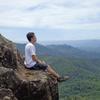I returned to Tokyo and was looking for a new place to visit. It was either Nikko or Kamakura, I decided to visit the latter because it was a possible day trip. Kamakura is a coastal district home to ancient temples, beautiful trails and a laid back vibe.

This guide might help you on how to go to Kamakura and things to see there.
Guide
Kamakura is an ancient city that is worth visiting even for just a day trip. I returned to Tokyo looking for new things to do and new places to visit. I had Kamakura on my shortlist because I was unable to visit it the times I was in Tokyo. I set out for the train and was eager to explore this part of Japan.
Places of Interest
Great Buddha
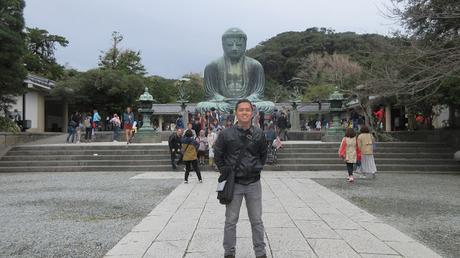
The Kamakura Daibutsu is the main attraction; many locals and foreigners go to see the huge bronze statue that's around 11m high. It is second in height to Todaij Temple's statue in Nara. The statue dates back to the 1250s and used to be inside a temple hall. Typhoons and natural disasters destroyed the hall over thee centuries. The locals then decided to leave the statue in the open.
How to go: Nearest station is Hase along the Enoden line.
Entrance fee: JPY300
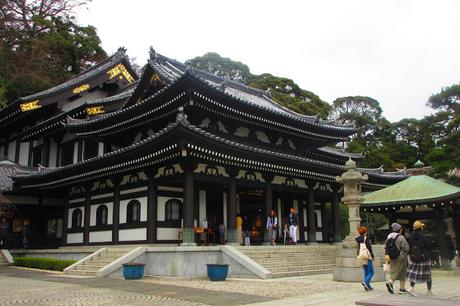

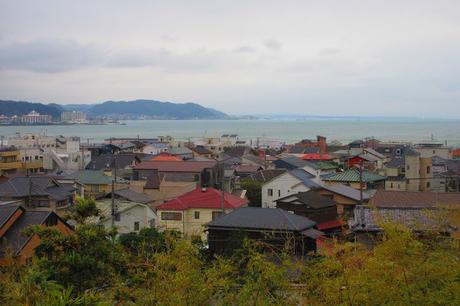
This Jodo sect temple is another noteworthy destination in Kamakura. Many tourists visit to see the 11-headed Kannon statue. The statue is around 9m high and is one of the largest wooden sculptures in the country. There is a short and easy hike up to the main temple. It is also a good place to get overlooking views of the surroundings.
How to go: The temple entrance is a few minutes walk from Hase Station on the Enoden line.
Entrance fee: JPY400 and an extra JPY300 for the Kannon Museum
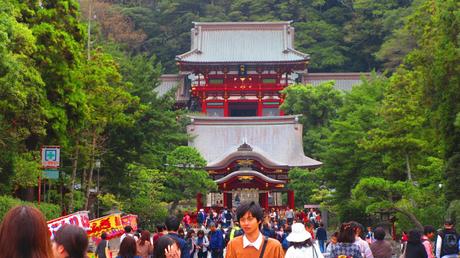
This destination is one of the most important Shinto shrines in Kamakura. It has a history that dates back to 1063. The shrine was constructed to honor Hachiman the patron god of thee samurai and the Minamoto family. The complex is huge and has different halls and auxiliary structures.
How to go: The nearest station is Kamakura. You can reach the shrine via Komachi-dori shopping street.
Entrance fee: Free but you pay JPY200 for the shrine museum
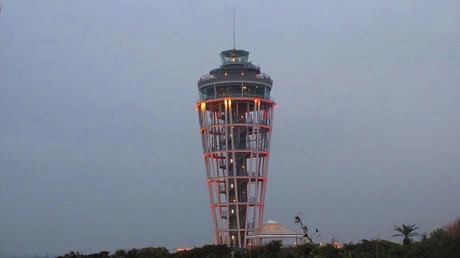
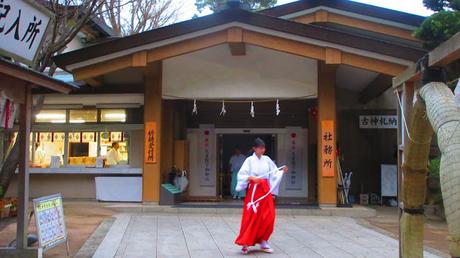
This island is another place you can visit while in Kamakura. I didn't spend a lot of time here because it was already late in the afternoon when I went. However, I managed to visit some places before I left.
Some places of interest include:
- Enoshima Shrine: free but need to pay JPY200 to see the Benten statue
- Samuel Cocking Garden: JPY200 for the garden and JPY500 for the observation tower and garden
- Iwaya Caves: JPY500
- Southern Coast
- Love Bell
- Enoshima Island Spa: JPY3175
- Beaches
How to go: If you have the Enoshima Kamakura Free Pass, you can take the Enoden line train from Fujisawa or Kamakura to Enoshima. From the station you can walk if you don't want to spend more money.
Other Attractions in Kamakura
- Hokokuji Temple
- Hiking Trails
- Kenchoji Temple
- Eengakuji Temple
- Zeniarai Benten
During my visit I mostly walked to the destinations in both Enoshima and Kamakura. I also took the train if walking to a place is too far. I bought an Enoshima Kamakura Free Pass for around JPY1520. Odakyu Railway offers this pass; with this you can travel round trip from Shinjuku and use the Odakyu train multiple times once you reach Kamakura.
How to Go to Kamakura
If you want to save money, the affordable way to reach Kamakura is to buy the Enoshima Kamakura Free Pass for JPY1520. It costs less than the JR trains, but it also takes longer approximately 90 minutes. Make your way to Shinjuku Station and look for the Odakyu line. This will take you to Kamakura. You will have to switch to an Enoden Line train to reach your chosen destinations in Kamakura. The stations where most of the main attractions are in Enoshima, Kita-Kamakura, Hase and Kamakura.
